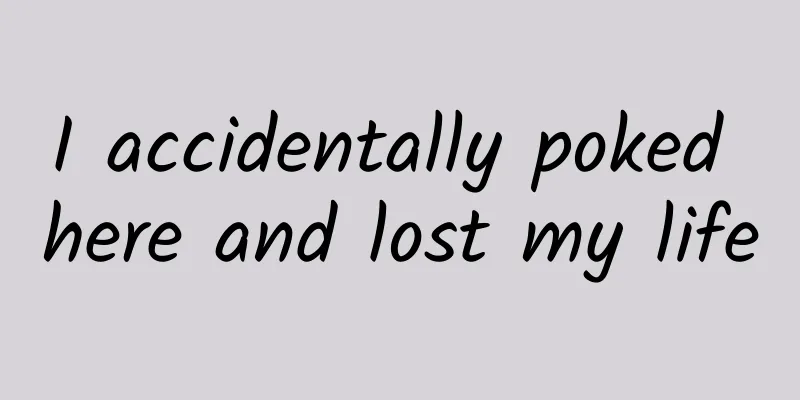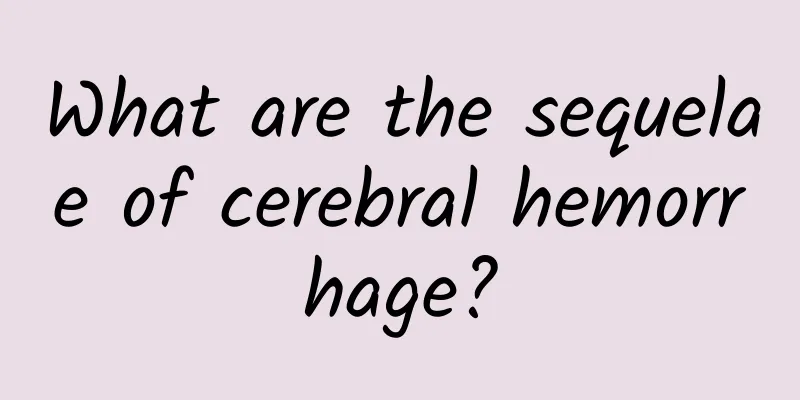I accidentally poked here and lost my life

|
Acupoints that cannot be punctured are called forbidden acupoints; acupoints that cannot be treated with moxibustion are called forbidden moxibustion points. Both are collectively referred to as forbidden acupoints for acupuncture and moxibustion. Tabooed acupuncture and moxibustion points are the basis for avoiding accidents and errors in acupuncture clinical practice, and their significance is far-reaching. Today, human anatomy has gained detailed insights into various parts of the human body. The forbidden acupuncture and moxibustion points described by our predecessors are not always true through practice, so we should not stick to the ancients. However, if these taboo acupoints are punctured or moxibustioned, severe consequences may be fatal. 1. Prohibited acupuncture points Acupoints that are close to internal organs, or on or near major blood vessels, or in special locations were considered by the ancients to be forbidden to be punctured, and were designated as forbidden acupoints. Such as Naohou, Xinhui, Shenting, Yuzhen, Luoque, Chengling, Luxi, Jiaosun, Chengqi, Shendao, Lingtai, Tanzhong, Shuifen, Shenque, Huiyin, Henggu, Qichong, Jimen, Chengjin, Shouwuli, Sanyangluo, Qingling, Ruzhong, Renying, Quepen, Jianjing, Chongyang, Yunmen, Jiquan, Tianchi, etc. The essence of examining forbidden acupuncture points basically lies in the question of the depth of the acupuncture. “Diseases may be superficial or severe; acupuncture may be shallow or deep. Each should be done to the right extent. Do not go beyond the proper path. Exceeding the proper path will cause internal injuries.” “Exceeding the proper path” means acupuncture that is too deep. It can be seen that the ancients also realized that banning tattooing was only a relative concept. Therefore, except for Shenque and Ruzhong, which are located in special areas, other acupoints can be needled. However, it is important to use shallow needling methods such as burr needling, floating needling, and needling along the skin, and never exceed the physiological limit. 2. Prohibited moxibustion points Acupoints close to the five senses, the front and back genitals, and the large arteries should not be treated with moxibustion. Such as Naohu, Fengfu, Yamen, Wuchu, Chengguang, Jizhong, Xinshu, Baihuanshu, Sizhukong, Chengqi, Suoliao, Renying, Ruzhong, Yuanxie, Jiuwei, Jingqu, Tianfu, Yinshi, Futu, Diwuhui, Xiyangguan, Yingxiang, Juliao, Heliao, Dicang, and Shaofu. As well as Zutonggu, Tianzhu, Toulinqi, Touwei, Zanzhu, Jingming, Quanliao, Xiaguan, Tianyou, Zhourong, Fuai, Jianzhen, Yangchi, Zhongchong, Shaoshang, Yuji, Yinbai, Lougu, Yinlingquan, Tiaokou, Dubi, Biguan, Shenmai, Weizhong, Chengfu, etc. These are the experiences of the ancients. Modern acupuncture clinic believes that except for Jingming, Suoliao, Renying, Weizhong and other acupoints, moxibustion can be used appropriately for other acupoints. |
<<: 2 sentences actually cured the stubborn cervical spondylosis
Recommend
What can I eat to reduce swelling in my calves?
Many people suffer from calf edema, which is caus...
How do you know if you are recovering from paraplegia?
Life is full of ups and downs. Some people become...
How to treat eczema and detoxify?
In fact, it is not very difficult to treat a dise...
What are the effects and functions of Liujunzi Decoction?
When using Liujunzi Decoction, one must pay atten...
What to do with facial numbness? Little tricks work well
Facial numbness in life is not a good thing. It m...
The causes of fatigue driving are
Fatigue driving is very dangerous and can easily ...
The efficacy, effects and contraindications of Shenling Baizhu San
Speaking of Chinese medicine prescriptions, we of...
Yellow sperm can affect pregnancy
As we all know, male sperm is normally white, and...
How to judge cervical spondylosis
According to statistics, many young people nowada...
Drugs for removing dampness and heat
In modern society, people generally like to stay ...
What causes knee throbbing?
Knee twitches are what we often call cramps in th...
What are the effects and functions of cinnamon twig
Cassia twig is also called Liugui. The effects of...
Lumbar spondylosis problem
The problem of lumbar spondylolisthesis often tro...
What are the foods that warm the stomach? These four are worth choosing
Generally speaking, when many people choose food,...
Why does my child always have headaches?
Headaches are also a very common phenomenon in ch...









